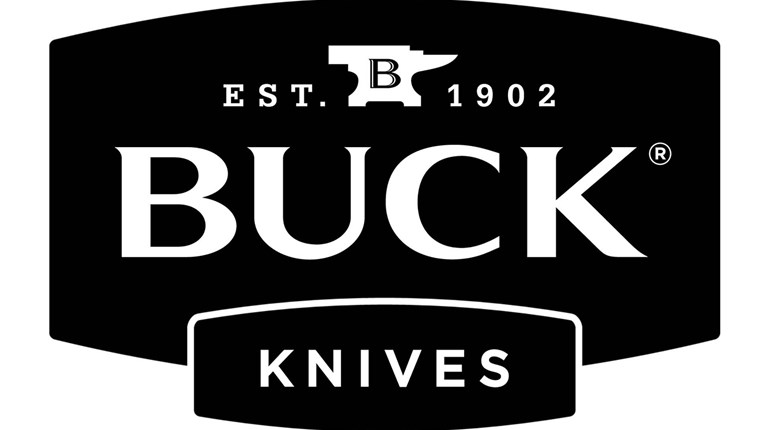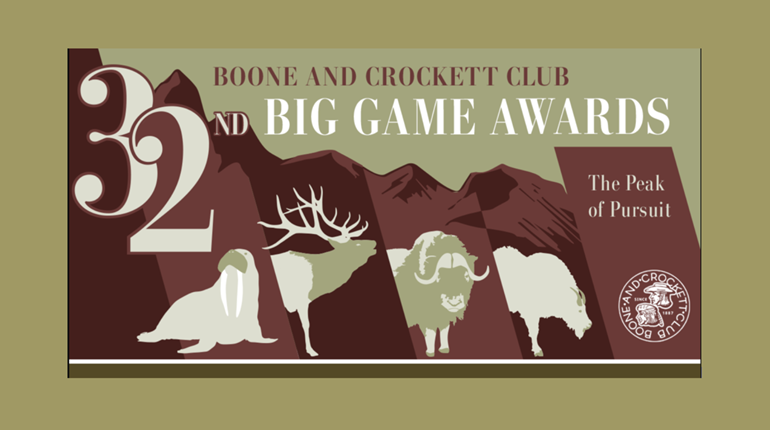
When delivering professional training nationally, I am often asked questions such as “What’s the best knife out there?” “What should I look for when buying a knife?” “How do I know if this knife is a good fit for me?”
Most new knife buyers, especially in our sound-byte society, expect a one-word answer. If you want a one-word answer, then call a buddy, look online at a couple of reviews or seller-paid advertisements. However, to be better informed warrants a deeper dive.
“What’s the best knife out there?” is like asking “What’s the best gun out there?” It all depends on how you’re planning to use it. What is the job description? Kind of difficult to conceal a .300 Win. Mag. bolt-action rifle appendix carry inside the waistband. A handgun might be the better choice for the job.
A more useful question would be “What do you intend to use the knife for?”
Function First, Then Form
When you buy a tool like a hammer, a wrench or screwdriver it is to perform a specific function – that function for which it was designed. The same applies to a knife. The knife is an edged tool and like any other tool is designed for a specific purpose.
Form fits function. What’s the job you need handled? You could use a machete to cut strips of paper, but the better tool for the job would probably be a pair of scissors. You could chop a tree down with a steak knife, eventually, but it would take considerably longer than if you were to use an axe which is built specifically for that job.
Why are you buying this edged tool? Is it because you want to cut seatbelts, use it to skin a deer, open boxes and letters? Do you want to use it for wood carving, construction work, self-defense? All the above? Once you have determined what you want the knife to do, you can then move to the next step in knife selection.
The Blade's The Thing
All edged tools have a blade and that blade is made available in only one of two configurations – fixed or folding.
A fixed blade has no moving parts and therefore holds an advantage over its folding blade counterpart in that there’s less that can go wrong with it in terms of parts breaking or putting it into action. The downside of fixed blades is that they usually take up more real-estate on your body than folders because all fixed blades require sheaths. It is not recommended to carry a fixed blade on your body without a sheath for obvious reasons.
A folding blade is usually smaller because the blade folds or otherwise fits into the handle. As such it takes up less real estate and unlike a fixed blade does not require a sheath. Again, the correct choice of configuration is in response to the question “What do I want the knife for?”
After making that important decision, you then need to decide how and where you’re going to carry it. If it’s a fixed blade, will it be carried open or concealed? Will you strap the sheath to your external molly gear, your belt, inside your boot or another accessory?
If it’s a folding blade, your carry considerations are similar but must take into consideration alternate locations such as if you are carrying a firearm externally (outside the waist band/ OWB) on your right side with the holster covering your right pocket. If you plan to carry your folding knife in the same pocket why would you render it inaccessible by stuffing it under the holster?
Size Matters
Next in the world of folding knives is size. They can range from the extended length of a stout fixed blade to that of a scalpel. Blade length is a consideration as well as opening mechanism. Do you want a full assist opener, a partial assist opener, an automatic (switch blade, or out the front (OTF) operation), a gravity knife, butterfly (Balisong) or other derivative where gravity is employed in the opening process?
Once you’ve made all these choices, the next step is to look up your state, county and local laws governing the ownership and carry of knives. Are there any restrictions according to the law referencing blade length, blade type (dirk, dagger, double-edged, etc.,) and opening options (auto, OTF, etc.,)?
Barring any restrictions, you can then go deeper into the weeds and look at blade geometry – or shape of the blade. They come in multiple styles and configurations such as clip point, drop point, spear point, curved blade (Karambit), sheep’s foot and the like. The list is endless. You are invited to go online and look up the countless blade shapes and their purpose.
Next you will need to decide what type of edge grind best fits your intended function of the knife for example straight grind, serrated grind or half and half. Depending upon what you intend to cut determines your grind. The more coarse or dense the material (manilla, hemp or nylon rope for example) you will need a serrated edge. Pliable materials like cotton shirts, shipping tape and the like you will want a straight edge as these more pliable materials may bunch up in between the teeth of a serrated grind.
Lastly, but certainly not least, do you intend to use it for self-defense? Any tool such as a screwdriver or a pair of scissors can be used as a weapon of opportunity in exigent circumstances. One thing to keep in mind, especially if you ever do use a knife in self-defense, is to avoid buying anything that boasts model names like “skull-crusher,” “ninja-killer“ and the like. Such names tend to indicate knives of dubious quality, and for another, it’s not a good look in the aftermath of a defensive encounter.
The most useful perspective you can assume when purchasing a knife is that all knives are edged tools and the best selection is the one that best fits the job description.






































